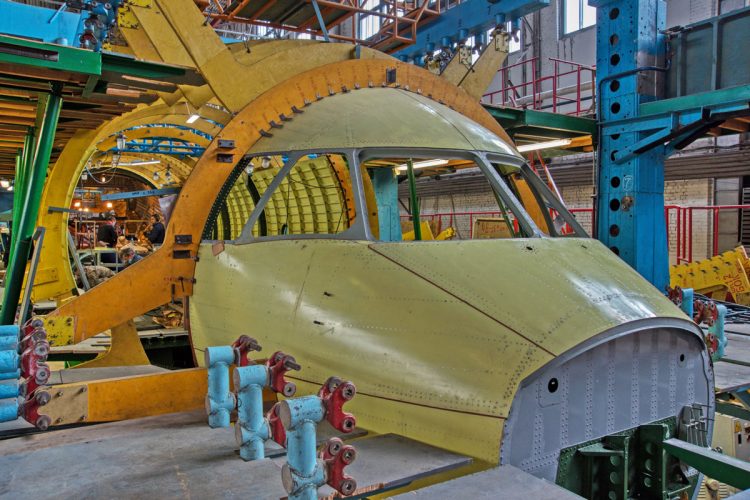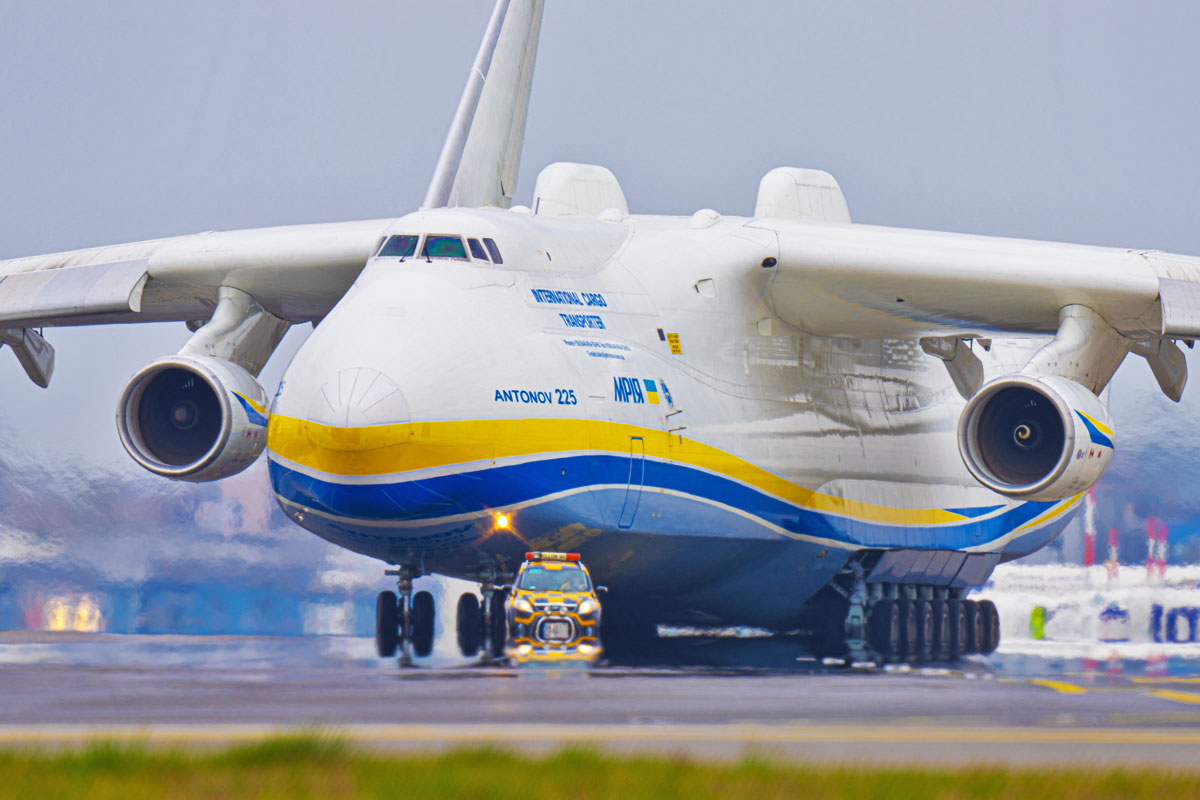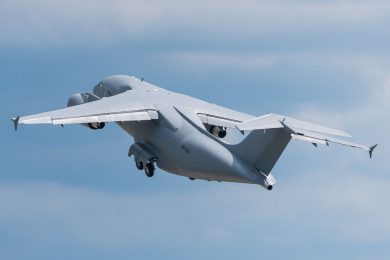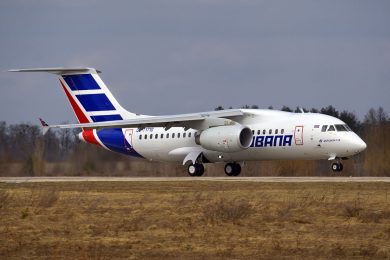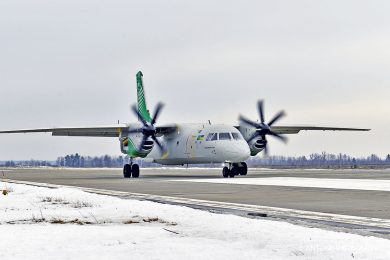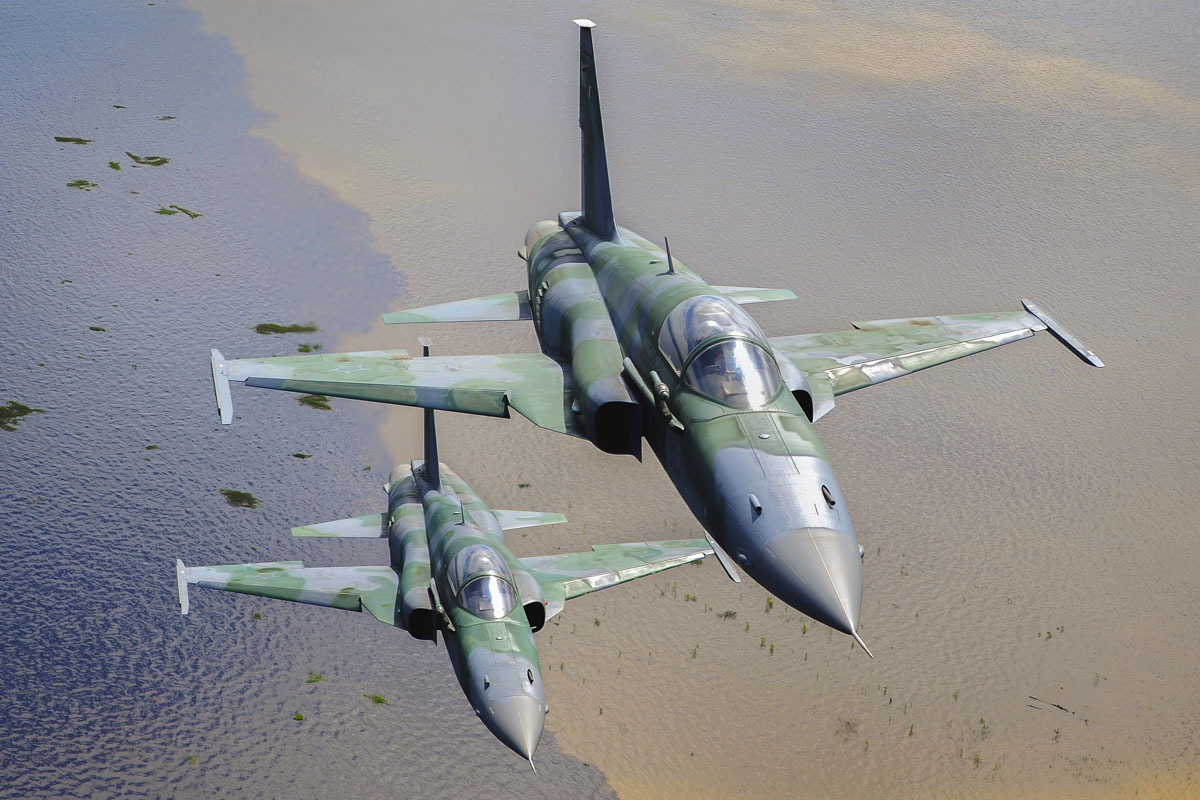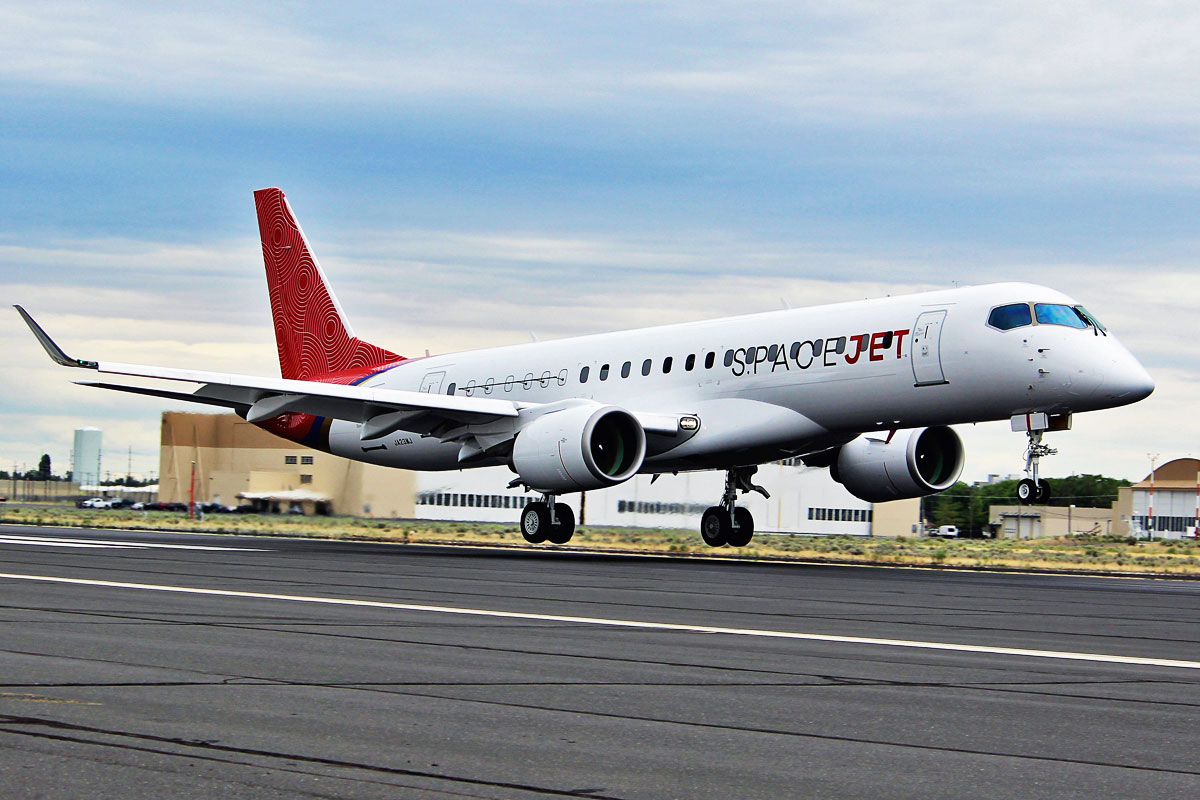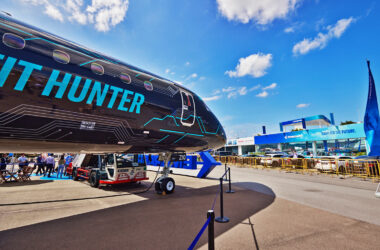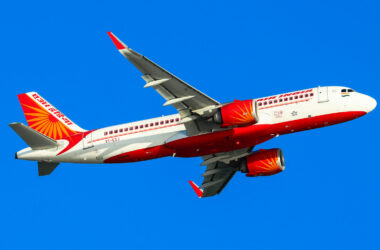Created in 1946, the Antonov design office has always enjoyed immense prestige in the days of the Soviet Union thanks to its founder, Oleg Antonov who shortly after the Second World War created the An-2, the single-engine biplane that became one of the most produced aircraft from history.
Oleg’s bureau then began to specialize in increasingly large cargo aircraft and in 1959 opened a new plant in the city of Kiev, Ukraine. It was from this location that some of the most important Soviet planes such as the An-22, An-124 and Mriya, the largest aircraft in the world, emerged.
After the end of the Soviet Union, Antonov maintained its connection with Russia, despite having its headquarters in Ukraine. Although without the same resources as the communist period, the manufacturer continued to develop and produce some models, but in 2014 the conflicts between Russians and Ukrainians closed the door on its biggest customer, the Russian Air Force.
Without Russian orders, Antonov no longer exhibits the same vigor as its past – Muscovite Oleg Antonov had already died 30 years before the conflict.
Although it has diversified its activities, including aircraft maintenance and the cargo company Antonov Airlines, the Ukrainian company survives on producing some planes while waiting for a saving plan. And it can come from where it is least expected, the United States.
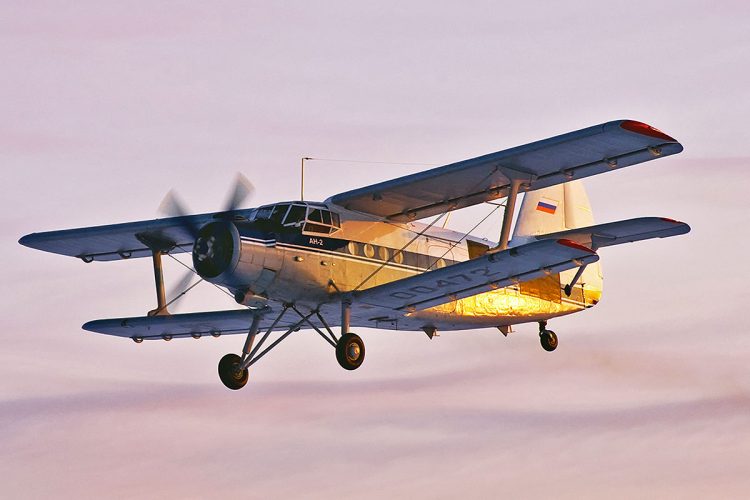
According to rumors circulating in Ukraine, Antonov is negotiating a partnership with Boeing. The two companies had already signed a logistical cooperation agreement in 2018, but this time the joint venture may be more comprehensive. According to the Ukrainian ambassador to the US, Volodymyr Yelchenko, “recently, we have submitted project proposals on behalf of Antonov to Boeing.”
The politician recognizes that this possibility is crucial in several ways: “I believe that the future of Antonov and the entire Ukrainian aviation industry greatly depends on the cooperation with Boeing, consented and politically supported by Washington,” said Mr. Yelchenko to the Riafan website.
One of the possibilities would be in the joint production of large capacity cargo aircraft, a segment where Boeing currently offers the models 747-8F and 777F, adapted from passenger aircraft. Antonov, on the other hand, has experience in large military projects, but does not have a mature after-sales business.
Annoyance for Putin
Antonov currently offers two military and two civilian aircraft on the market. One of them is the turboprop An-132, a modernized variant of the popular An-24/26/32 aircraft, widely used in socialist countries. With a capacity to carry almost 10 tons of paid cargo, the aircraft operates on unprepared runways and uses engines supplied by Pratt & Whitney. The plane, however, would only have attracted Saudi Arabian interest, but plans would have been suspended last year.
The other Antonov aircraft are derived from the same project, which emerged in the 1990s, the An-148, a twin-engine high-wing jet with a capacity for up to 85 passengers. The aircraft flew for the first time in 2004, but only entered service in 2009. A longer variant, the 100-seat An-158, made its maiden flight in 2010.
Since 2004, Antonov has produced only 37 units of the two models that are used by the Russian government and only a few companies, including North Korean Air Koryo and Cubana de Aviación.
In 2010, Antonov announced the launch of the An-178, a military variant of the An-158 that flew for the first time in 2015. Since then the new jet is under development and the manufacturer revealed this week that it is assembling the first unit of series production and that will be delivered to the government of Peru.
For this reason, the collaboration with Boeing can change this discouraging outlook and also cause great discomfort to its neighbor, Russia. Vladimir Putin, President of Russia, has already made it clear that he wants the country’s manufacturers to develop aircraft to replace Antonov’s now unwanted planes. What to think then if they have the US seal?
